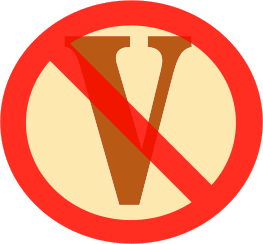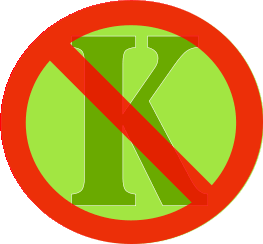NAILS HEALTH REMEDIES

|
The nails is called Nakha in Ayurveda. Categories in Bones MusclePostureJoint, Tendon, & LigamentMuscleBonesHairNailsOverviewDon't know your body type? Take our free Dosha quiz!
TAKE THE QUIZ
9 likes  SAVE SYMPTOM SAVE SYMPTOMSoft, flexible, oval shaped nails are generally strong, pliable, and can bend without breaking. This type of nail is characteristic of a Pitta predominant... 33 likes  SAVE SYMPTOM SAVE SYMPTOMNail health is related to bone, hair and teeth health in Ayurveda. Thin brittle nails may imply a nutrient deficiency, a metabolic deficiency, or malabsorption. 186 likes  SAVE SYMPTOM SAVE SYMPTOMVertical lines on nails indicate digestive disturbance in the colon, possibly constipation, gas, and bloating. Ayurveda recommends restoring electrolytes, minerals, and digestion. 18 likes  SAVE SYMPTOM SAVE SYMPTOMWhite spots on nails are flecks of white that appear on the fingernails. The fingernails are considered to be a window to the health of your bones in Ayurveda. White spots generally indicate malabsorption of nutrients. Nails (nakha) are a... 32 likes  SAVE SYMPTOM SAVE SYMPTOMThe moons on nails are called lunula. Small or non-existent moons on nails indicate weak metabolism. 16 likes  SAVE SYMPTOM SAVE SYMPTOMBlue nail-beds signify stagnant blood, which may be due to poor circulation or low blood pressure. 17 likes  SAVE SYMPTOM SAVE SYMPTOMNail health is related to bone, hair and teeth health in Ayurveda. Irregularly shaped nails may be a sign of poor metabolism, often associated with the lungs and blood. 40 likes  SAVE SYMPTOM SAVE SYMPTOMFungi like the warm, damp environments like the groin, armpits, vagina, colon, and a toenail surrounded by layers of sock and shoe. Fungal infections also tend to lodge in areas with poor circulation, including the toes and joints. A fungal... BONES MUSCLE TIPS DISCLAIMER: The pathogenesis of each person's condition is unique, and so the diet must be fit to the individual and the unique root causes of the condition in your body. The information on this page is for educational purposes only and should not be used to treat a medical condition. It is not a substitute for medical care. Please check with your doctor before making any changes to your health and wellness routine. HOW AYURVEDA WORKSARE YOU WONDERING HOW AYURVEDA CAN HELP YOU?WHY IS AYURVEDA THE RIGHT SOLUTION?Ayurveda strengthens the body while opposing disorders. It takes a holistic, systemic approach that looks at the whole body. Ayurveda shows how to interpret signs and symptoms of imbalance, and how to address them using diet, lifestyle adjustments, and herbs. It shows a person how to optimize their health on a continual basis. You can't take the doctor home with you, but you can take Ayurveda home with you. Ayurveda is the most advanced and easy to use home system for self healing.HOW DOES AYURVEDA WORK?Ayurveda starts by identifying your body type, which identifies certain tendencies in your body to get sick (as well as identifying your strengths). It uses body type to determine the likely root causes of your disorders. Next, Ayurveda analyzes the nature of your disorder. It fits all your signs and symptoms into a pattern, expressed as a combination of biocharaceristics (gunas). For example, you may have a heat disorder, a cold disorder, or an oily disorder, etc. This simple categorical approach shows you how to correct systemic imbalances and strengthen your body as a whole.On Joyful Belly, we've created an extensive categorization of food so you can easily match food to your imbalanced biocharacteristics. By eating an optimal diet that balances your biocharacteristics, your whole body is strengthened and the conditions that created the disorder are removed. Once the root causes of the disease are removed, the disease lessens in strength or disappears altogether. Additional remedies - such as herbs and lifestyle practices - focused on the specific disorder, can greatly enhance your healing. GET STARTEDTo get started on your Ayurvedic journey, we first recommend that your find your body type by taking our free quiz. In Ayurveda, every solution is based on your unique body type, so by taking this quiz, you’ll get the best results. |
Join Joyful Belly.
Want our top Ayurvedic recipes and health tips?Subscribe to our free newsletter!












